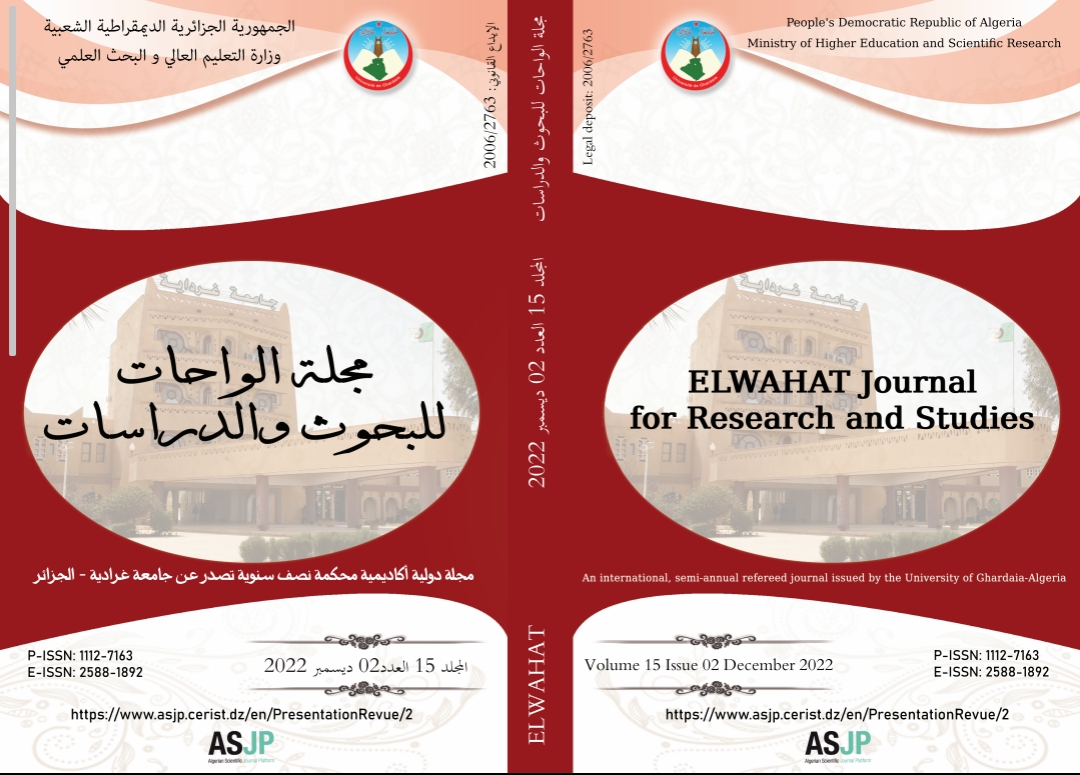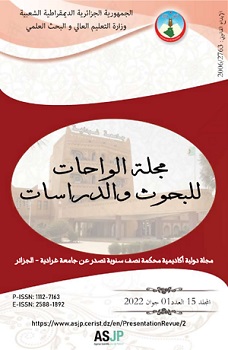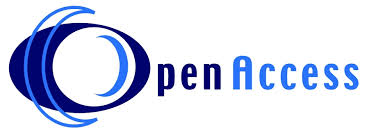Positive verbal reinforcement in mathematics education
الملخص
Abstract:
The Current Study Aimed To Reveal The Most Important Process In Educational Processes Represented In Positive Verbal Reinforcement And Its Impact On Mathematics Education That Is, What The Teacher Uses To Ask Questions And The Diversity In Types Of Reinforcement, As Well As The Use Of Types Of Communication, Whether Verbal Or Non-Verbal, That Stimulate Students' Motivation Towards Learning, And Works To Form Positive Attitudes Towards The Subject. Mathematics Was Chosen Because It Is A Subject That Many Students Struggle To Understand, And This Is Due To Its Degree Of Difficulty, And Sometimes To The Poor Relationship Between Mathematics Teachers And Students. Does Positive Verbal Reinforcement Affect The Formation Of The Learner’s Personality And Identify Positive Attitudes Towards Learning?
Keywords: Positive Verbal Reinforcement, Mathematics Education
المراجع
1.References in Arabic
-Halima Qadri, the classroom interaction between the teacher and the student in the secondary stage- A field study in two secondary schools from the city of Oran- Psychological and educational studies, Laboratory for the Development of Psychological and Educational Practices, Issue 8, Algeria, June 2012
- Khawla Mustafa Al-Herbawi, Classroom interaction patterns for mathematics teachers at the primary stage and their impact on their students’ acquisition of numerical sense skills, Journal of Education and Science, Volume 18, Issue 02, Open College, Al-Mosat Center, Iraq, 2011
- Sophie Naima(2011). The strategy used by the professor in the classroom and its role in developing the ability to control mathematical problems for middle school students, a memorandum submitted to obtain a master’s degree in school psychology, Department of Psychology and Educational Sciences and Artofonia, Constantine University.
- Saleh Muhammad Ali Jado (1998): Educational Psychology (1st floor), Dar Al Masirah for Publishing, Distribution and Printing, Amman, Jordan.
- Nawal Al-Ashi, (2008): Management of Classroom Learning, (N I), Al-Bazuri, Jordan.
- Youssef Qatami, (1998): The Psychology of Learning and Classroom Learning, (1st Edition), Dar Al-Shorouk, Amman.
2. References in a foreign language
-Ali Mas'ud. Di Adha Wulandari . The Student Teachers' Verbal and Non-Verbal Reinforcement During Teaching Practice in Microteaching Class. Advances in Social Science, Education and Humanities Research, volume 434. International Conference on English Language Teaching (ICONELT 2019).
-Applefield, J. M. (1975). The Effects of Social Comparison, Contingency of Reward, and Age of Subject on Self-reinforcement, Self-confidence, and Task Persistence.
-Aseidu-Addo, SK and Yidana I, (2000). Mathematics Teachers Knowledge of the subject Content and the Methodology. Journal of the Mathematical Association of Ghana, Volume 12, University of Cape Coast. MAG Secretariat.
-BK Hamre, RC Pianta. Child development, 72 (2), 625-638 (2001)
-Boyer, W. (2006). Accentuate the Positive: The Relationship between Positive Explanatory Style and Academic Achievement of Prospective Elementary Teachers. Journal Of Research In Childhood Education, 21(1), 53
-C. Brewster, J. Fager. Increasing student engagement and motivation: From time-on-task to homework. Northwest Regional Educational Laboratory, (2000)
-D. Stipek. Motivation to Learn: Integrating Theory and Practice. Boston, Massachusetts: Allyn and Bacon. (2002)
-D. Ben-Chaim, U. Zoller. Research in Sci. Ed, 31, 437–454 (2001)
-D. Dickinson, J. Brady. Toward effective support for language and literacy through professional development. In M. Zaslow & L. Martinex-Beck (Eds.), Critical issues in early childhood professional development, 141-170 (2006)
-D. Palmer. The J. of the Australian sc. teachers association, 53(1), 38-42 (2007)
-Grifiths, AHB and Howson, AG (1974). Mathematics Society of Curricula. London, Cambridge University Press.
-Howson, G. and Wilson, B. (1990). 'School Mathematics in the 1990s' (AG Howson and JP Kahane eds). ICMI Study Series, Cambridge: Cambridge University Press.
-JS Eccles, A. Wigfield. Annual review psychology, 53, 109-32. (2002)
-KC Williams, CC Williams. Research in Higher Education Journal, 1, 1-23 (2011)
-M. Brekelmans, P. Sleegers, B. J. Fraser. Teaching for active learning. In PRJ Simons, JL van der Linden, T. Duffy (Eds.), New Learning. 227–242 (2000).
-N. Frey, D. Fisher. English Journal. 100(1), 30-36 (2010)
-P. Den Brok, M. Brekelmans, T. Wubbels. School Effectiveness and School Improvement, 15, 407–442 (2004).
-RC Pianta, WS Barnett, M. Burchinal, KR Thornburg. Psychological science in the public interest, 10(2), 49-88 (2009)
-Skimmer, B.F. (1938). The Behavior of Organisms: An Experimental Analysis. Appleton-Century: Oxford, England.
-Tess M. Greene1and Amber Todd2. The Effect of Positive and Negative Reinforcement on Sixth Graders' Mental Math Performance. 1Dayton Regional STEM School, Dayton, OH. 2Wright State University, Dayton, OH . May 20, 2015
-Thompson, L., Claus, E.Mikulich-Gilbertson, S., Banich, M., Crowley, T., Krmpotich, T., & ...tanabe, (2012). Negative reinforcement learning is affected in substance dependence. Drug And Alcohol Dependence, 123(1-3), 84-90.
-Weis, T., Puschmann, S., Brechmann, A., & Thiel, C (2013). Positive and negative reinforcement activate human auditory cortex. Frontiers In Human Neuroscience, 7842. doi:10.3389/ fnhum.2013.0084






